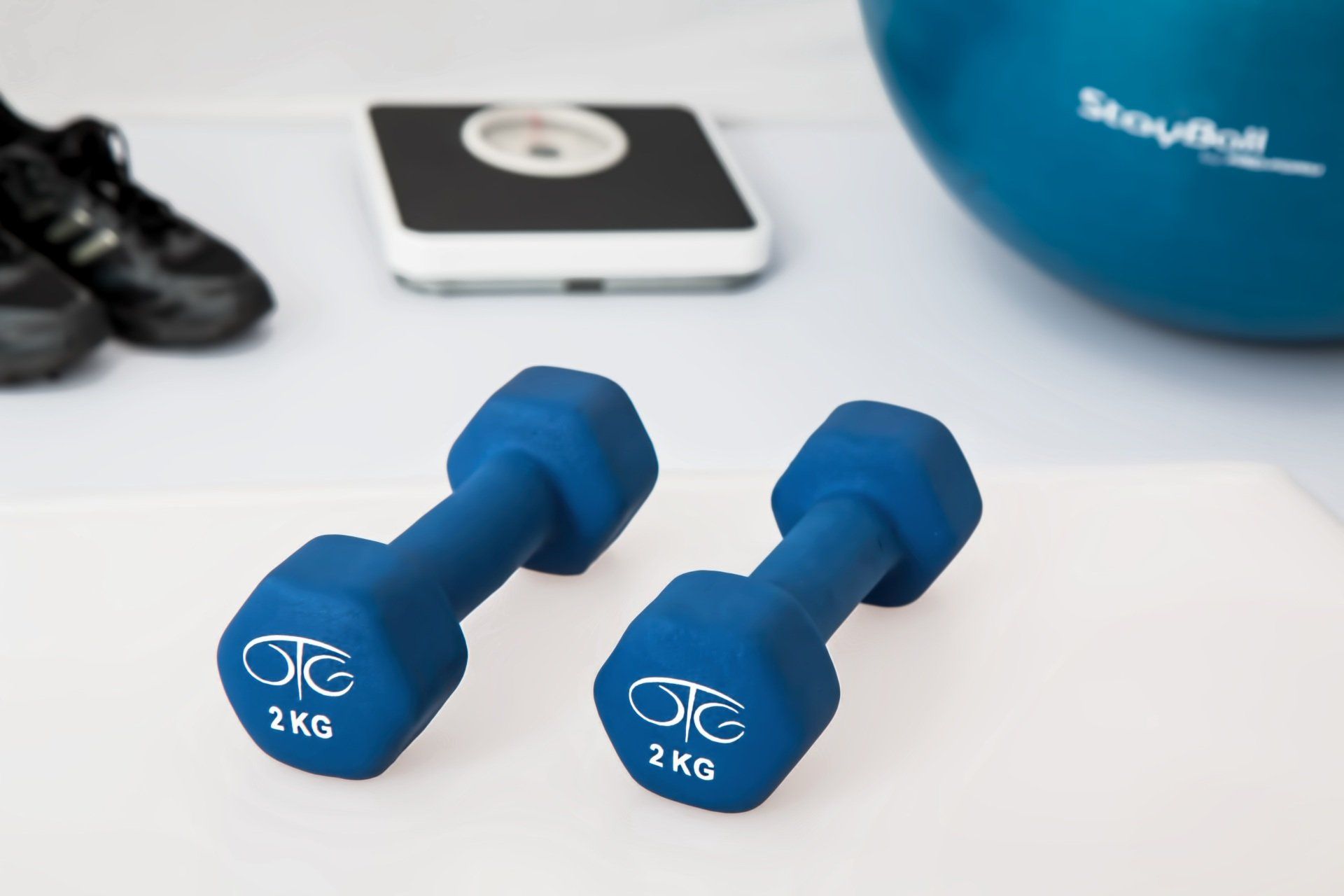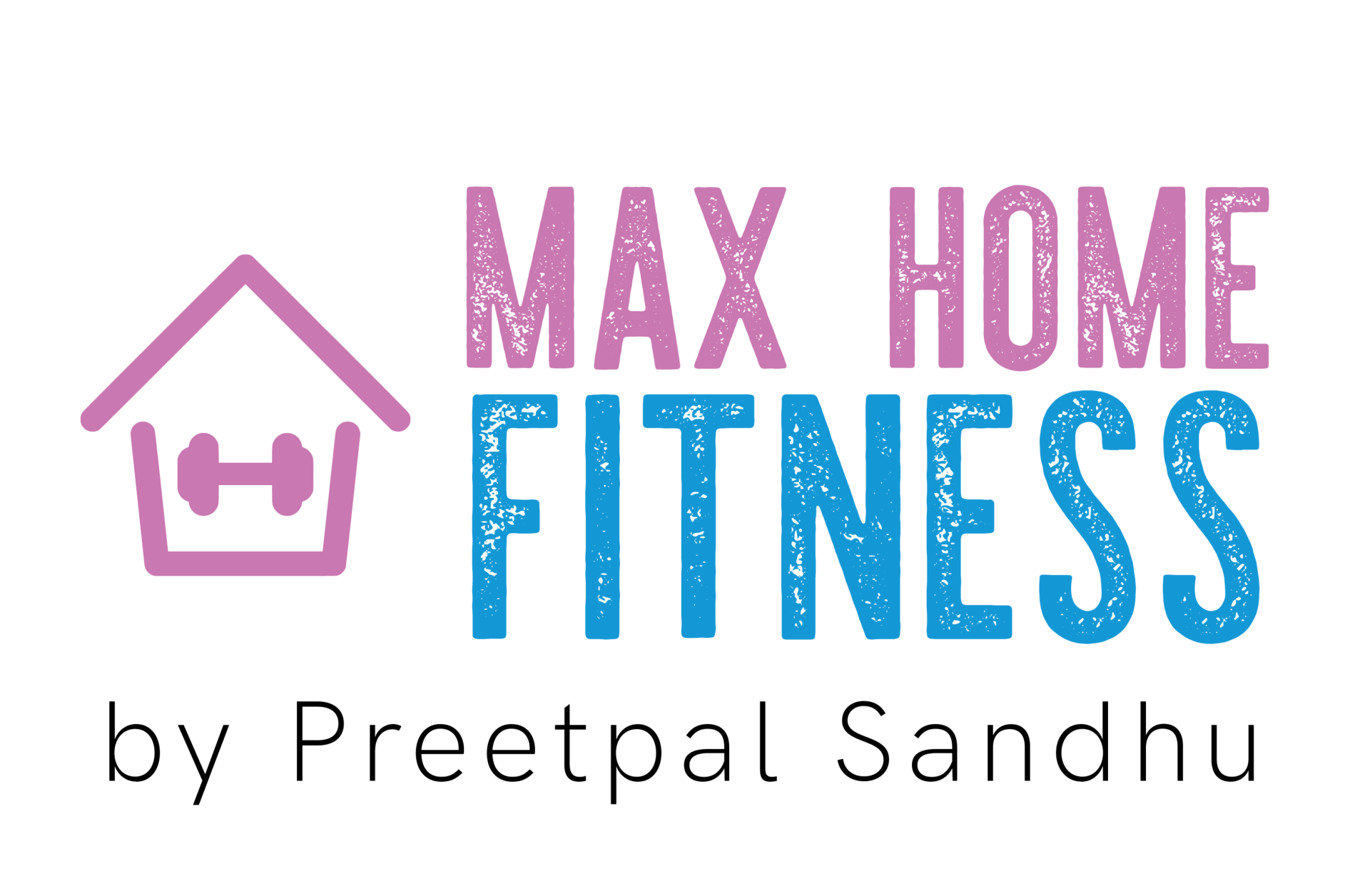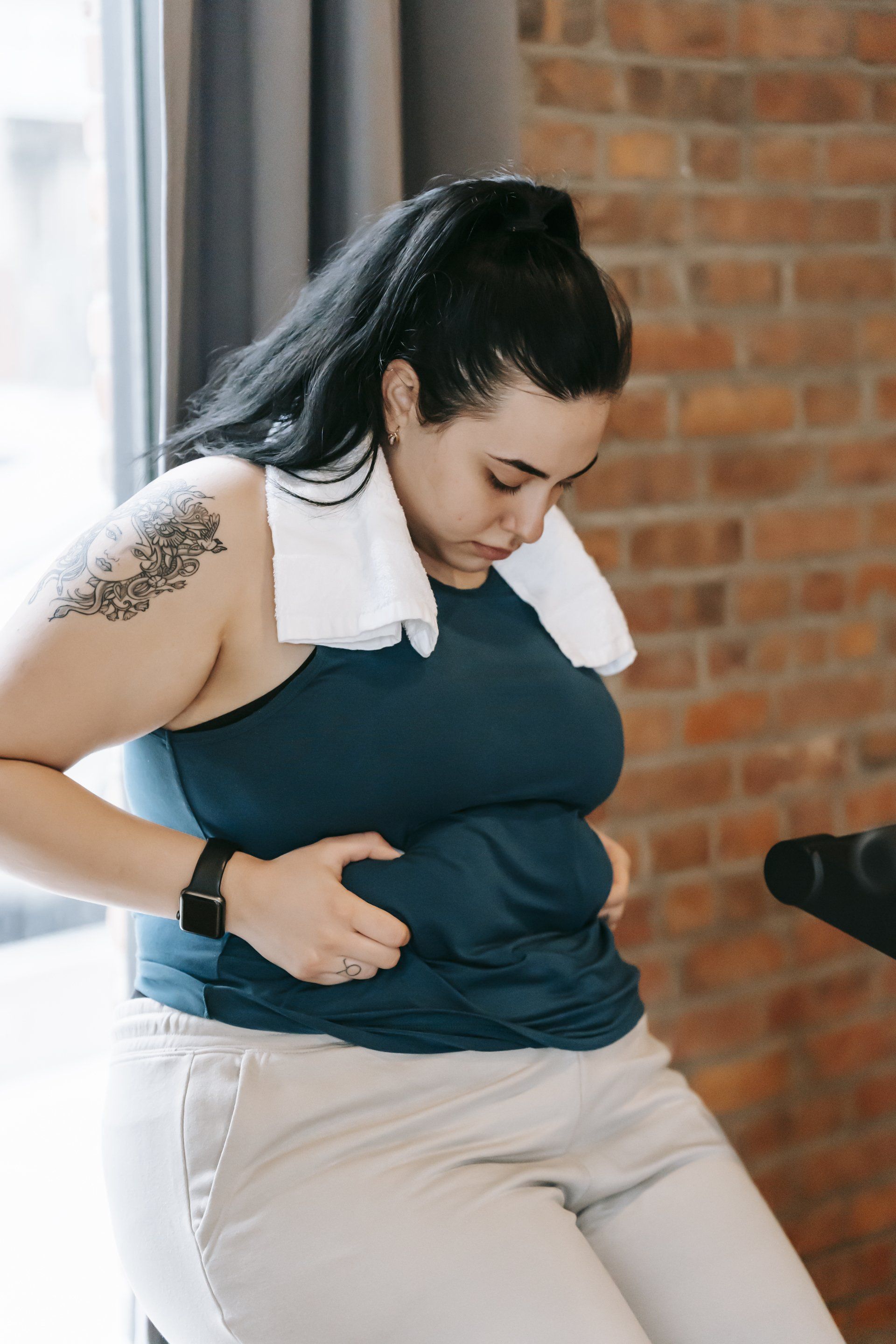The 11 Best Fruits for Weight Loss
Elise Mandl, BSc, APD • August 31, 2021
The 11 Best Fruits for Weight Loss
Fruit
is nature’s ready-made snack packed with vitamins, fiber, and other nutrients that support a healthy diet.
Fruit is also generally low in calories and high in fiber, which may help you lose weight.
In fact, eating fruit is linked to a lower body weight and a lower risk of diabetes, high blood pressure, cancer, and heart disease.
Here are 11 of the best fruits to eat for weight loss.
1. Grapefruit
Grapefruit is a cross between a pomelo and an orange and is commonly associated with dieting and weight loss.
Half a grapefruit contains just 39 calories but provides 65% of the reference daily intake (RDI) for of vitamin C. Red varieties also provide 28% of the RDI for vitamin A .
What’s more, grapefruit has a low glycemic index (GI), which means it releases sugar into your bloodstream more slowly. A low-GI diet may aid weight loss and weight maintenance, though evidence is limited.
In a study in 85 obese people, eating grapefruit or drinking grapefruit juice before meals for 12 weeks resulted in a decrease in calorie intake, a 7.1% decrease in body weight, and improved cholesterol levels.
Additionally, a recent review found that grapefruit consumption reduced body fat, waist circumference, and blood pressure compared to control groups.
While grapefruit can be eaten on its own, it also makes a great addition to salads and other dishes.
Summary: Grapefruit is very low in calories and high in vitamins A and C. It may be a healthy snack before main meals to help reduce your overall food intake.
2. Apples
Apples are low in calories and high in fiber, with 116 calories and 5.4 grams of fiber per large fruit (223 grams).
They have also been found to support weight loss.
In one study, women were given three apples, three pears, or three oat cookies — with the same calorie value — per day for 10 weeks. The apple group lost 2 pounds (0.91 kg) and the pear group 1.6 pounds (0.84 kg), while the oat group’s weight did not change.
Additionally, an observational study in 124,086 individuals determined that people who ate apples lost an average of 1.24 pounds (0.56 kg) per daily serving over a four-year period.
Because low-calorie fruits like apples are more filling, you may eat less of other foods during the course of the day. Notably, an apple is almost three times as filling as a chocolate bar.
Research shows that apples are best eaten whole — rather than juiced — to reduce hunger and control appetite.
That said, two studies link apple juice to reductions in body fat compared to a control drink with the same number of calories. Apple polyphenol extract — made from one of the fruit’s natural compounds — has also been linked to reduced cholesterol levels.
Apples can be enjoyed in a variety of ways both cooked and raw. Try adding them to hot and cold cereals, yogurt, stews, and salads, or baking them on their own.
Summary: Apples are low in calories, high in fiber, and very filling. Studies indicate that they may support weight loss.
3. Berries
Berries are low-calorie nutrient powerhouses. For example, a 1/2 cup (74 grams) of blueberries contains just 42 calories but provides 12% of the RDI for vitamin C and manganese, as well as 18% for vitamin K.
One cup (152 grams) of strawberries contains under 50 calories and provides 3 grams of dietary fiber, as well as 150% of the RDI for vitamin C and almost 30% for manganese.
Berries have also been shown to be filling. One small study found that people given a 65-calorie berry snack ate less food at a subsequent meal than those given candy with the same number of calories.
Additionally, eating berries may help decrease cholesterol levels, reduce blood pressure, and lower inflammation, which may be particularly helpful to people who are overweight. Both fresh or frozen berries can be added to cereal or yogurt for breakfast, blended in a healthy smoothie, mixed into baked goods, or tossed in a salad.
Summary: Berries are low in calories and contain many important vitamins. They also may have positive effects on cholesterol levels, blood pressure, and inflammation.
4. Stone Fruits
Stone fruits, also known as drupes, are a group of seasonal fruits with a fleshy exterior and a stone, or pit, on the inside. They include peaches, nectarines, plums, cherries, and apricots.
Stone fruits are low-GI, low-calorie, and rich in nutrients like vitamins C and A — which make them great for people trying to lose weight. For example, one medium peach (150 grams) contains 58 calories, while 1 cup (130 grams) of cherries provides 87 calories, and two small plums (120 grams) or four apricots (140 grams) have just 60 calories.
Compared to unhealthy snack foods like chips or cookies, stone fruits are a more nutrient-dense, filling option. Stone fruits can be eaten fresh, chopped up in fruit salads, mixed into a hearty porridge, or even grilled or added to savory dishes like stews.
Summary: Stone fruits like peaches, nectarines, and plums make for a low-calorie, seasonal snack. They area good alternative to chips, cookies, or other junk foods.
5. Passion Fruit
Passion fruit, which originates in South America, grows on a beautiful, flowering vine. It has a tough outer rind — purple or yellow in color — with an edible, pulpy seed mass inside.
One fruit (18 grams) contains just 17 calories and is a rich source of fiber, vitamin C, vitamin A, iron, and potassium.
For such a small fruit, passion fruit holds ample dietary fiber. In fact, five of them give 42% of the RDI for fewer than 100 calories.
Fiber slows down your digestion, helping you feel fuller for longer and controlling your appetite.
Additionally, passion fruit seeds provide piceatannol, a substance linked to reductions in blood pressure and improved insulin sensitivity in overweight men. However, more research is needed.
For weight loss, passion fruit is best consumed whole. It can be eaten alone, used as a topping or filling for desserts, or added to drinks.
Summary: Passion fruit is a low-calorie, high-fiber fruit that may benefit blood pressure and insulin sensitivity, potentially making it ideal for weight loss.
6. Rhubarb
Rhubarb is actually a vegetable, but in Europe and North America, it is often prepared like a fruit.
While it has only 11 calories per stalk, it still packs almost 1 gram of fiber and almost 20% of the RDI for vitamin K.
Additionally, rhubarb fiber may help reduce high cholesterol, which is a common problem for people who struggle with their weight.
In a study in 83 people with atherosclerosis — a disease of the arteries — those given 23 mg of dried rhubarb extract per pound of body weight (50 mg per kg) for six months experienced a significant decrease in cholesterol and improved blood vessel function.
Rhubarb stalks can be stewed and served with porridge or your favorite cereal. Although it can be used in many ways, including in desserts, it’s best to stick to low-sugar rhubarb dishes when trying to lose weight.
Summary: Rhubarb, which is low in calories and high in fiber, may aid weight loss and help lower cholesterol.
7. Kiwifruit
Kiwifruits are small, brown fruits with bright green or yellow flesh and tiny black seeds. Very nutrient-dense, kiwis are an excellent source of vitamin C, vitamin E, folate, and fiber, and have significant health benefits.
In one study, 41 people with prediabetes ate two golden kiwis per day for 12 weeks. They experienced higher vitamin C levels, a reduction in blood pressure, and a 1.2-inch (3.1-cm) reduction in waist circumference.
Additional studies note that kiwi can help control blood sugar, improve cholesterol, and support gut health — all additional weight loss benefits. Kiwis have a low GI, so while they do contain sugar, it is released more slowly — resulting in smaller blood sugar spikes.
Furthermore, kiwis are rich in dietary fiber. One small, peeled fruit (69 grams) has over 2 grams of fiber, while the skin alone provides 1 extra gram of fiber.
Diets high in fiber from fruits and vegetables have been shown to promote weight loss, increase fullness and improve gut health.
Kiwifruit is soft, sweet, and delicious when eaten raw, peeled, or unpeeled. It can also be juiced, used in salads, added to your morning cereal, or used in baked goods.
Summary: Kiwifruits are highly nutritious and provide a range of health benefits. Their high fiber and low calorie content make them ideal for weight loss.
8. Melons
Melons are low in calories and have a high water content, which makes them very weight loss friendly. Just 1 cup (150—160 grams) of melon, such as honeydew or watermelon, provides a modest 46—61 calories.
Though low in calories, melons are rich in fiber, potassium, and antioxidants, such as vitamin C, beta-carotene, and lycopene. Moreover, consuming fruits with high water content may help you shed extra weight.
However, watermelon does have a high GI, so portion control is important. Melons can be enjoyed fresh, cubed, or balled to liven up a fruit salad. They’re also easily blended into fruit smoothies or frozen into fruit popsicles.
Summary: Melons are very low in calories and have a high water content, which may help you lose weight and keep
you hydrated.
9. Oranges
Like all citrus fruits, oranges are low in calories while high in vitamin C and fiber. They are also very filling. In fact, oranges are four times more filling than a croissant and twice as filling as a muesli bar.
While many people consume orange juice instead of orange slices, studies have found that eating whole fruits — rather than drinking fruit juices — not only results in less hunger and calorie intake but also increased feelings of fullness.
Therefore, if you are trying to lose weight, it may be better to eat oranges rather than drink orange juice. The fruit can be eaten alone or added to your favorite salad or dessert.
Summary: Oranges are high in vitamin C and fiber. What’s more, they can help keep you feeling full.
10. Bananas
When trying to lose weight, some people avoid bananas due to their high sugar and calorie content.
While bananas are more calorie-dense than many other fruits, they are also more nutrient-dense, supplying potassium, magnesium, manganese, fiber, numerous antioxidants, and vitamins A, B6, and C.
Their low to medium GI may help control insulin levels and regulate weight — particularly for people who have diabetes.
Additionally, one study illustrated that eating a banana per day reduced both blood sugar and cholesterol in people with high cholesterol.
High-quality, nutrient-dense, and low-calorie foods like bananas are vital to any healthy weight loss plan. Bananas can be enjoyed on their own as a convenient on-the-go snack or added either raw or cooked to a wide variety of dishes.
Summary: Bananas’ ample nutrients and fiber make them an ideal part of a healthy weight loss plan.
11. Avocados
Avocados are a fatty, calorie-dense fruit grown in warm climates. Half an avocado (100 grams) contains 160 calories, making it one of the most calorie-dense fruits. The same amount provides 25% of the RDI for vitamin K and 20% for folate.
Despite their high calorie and fat content, avocados may promote weight loss.
In one study, 61 overweight people ate a diet containing either 200 grams of avocado or 30 grams of other fats (margarine and oils). Both groups experienced significant weight loss, indicating that avocados are a smart choice for those looking to lose weight.
Other studies have found that eating avocados can increase feelings of fullness, decrease appetite, and improve cholesterol levels.
Additionally, a large study of American eating patterns revealed that people who ate avocados tended to have healthier diets, a lower risk of metabolic syndrome, and lower body weights than people who didn’t eat them.
Avocados can be used as a replacement for butter or margarine on bread and toast. You can also add them to salads, smoothies, or dips.
Summary: People who eat avocados tend to weigh less than people who do not. Despite their high fat content, avocados may help promote weight loss and weight maintenance.
The Bottom Line:
Fruit is an essential part of a healthy diet — and may aid weight loss.
Most fruits are low in calories while high in nutrients and fiber, which can boost your fullness.
Keep in mind that it’s best to eat fruits whole rather than juiced.
What’s more, simply eating fruit is not the key to weight loss. You should also strive for a healthy, whole-foods-based diet alongside physical activity.
Credit Source: www.healthline.com

In today's fast-paced world, finding time to hit the gym or engage in outdoor activities can be challenging. However, staying fit and healthy doesn't have to be complicated or require expensive equipment. With the convenience of exercising at home, you can achieve your fitness goals without leaving your comfort zone. In this blog, we'll explore five top exercises that will help you get fitter right in the comfort of your own home. High-Intensity Interval Training (HIIT): HIIT workouts are incredibly effective for improving cardiovascular fitness and burning calories in a short amount of time. The beauty of HIIT is that it can be customized to suit your fitness level. Choose exercises such as burpees, jumping jacks, mountain climbers, or squat jumps, and perform them at maximum intensity for 30 seconds, followed by a 10-15 second rest. Repeat this cycle for 15-20 minutes, and you'll experience an intense full-body workout that boosts your metabolism and improves endurance. Bodyweight Strength Training: Strength training is crucial for building lean muscle mass, improving bone density, and increasing overall strength. You can achieve significant results using your own body weight as resistance. Classic exercises like push-ups, squats, lunges, planks, and tricep dips can be performed at home with no equipment. Aim for three sets of 12-15 repetitions for each exercise, gradually increasing the intensity as you progress. To add variety, consider incorporating variations like diamond push-ups, pistol squats, or single-leg glute bridges. Yoga: Yoga not only improves flexibility but also enhances mental well-being. With numerous online resources and apps offering guided yoga sessions, you can easily practice yoga at home. Set aside 20-30 minutes each day for a yoga routine that includes poses like downward dog, warrior, tree pose, and child's pose. Yoga helps strengthen your core, improves balance, reduces stress, and promotes relaxation. Incorporating a regular yoga practice into your fitness routine will bring both physical and mental benefits. Skipping Rope: Skipping rope might seem like a childhood pastime, but it's a fantastic cardiovascular exercise that burns calories and improves coordination. All you need is a sturdy skipping rope and enough space to jump. Start with a warm-up and then jump rope for 1-2 minutes, followed by a short rest period. Repeat this cycle for 10-15 minutes. As you progress, try incorporating different jump variations, such as high knees, double unders, or cross-overs. Skipping rope is an excellent option for a quick and effective workout that can be done anywhere in your home. Cardio Dance Workouts: If you enjoy dancing, cardio dance workouts are a fun way to get your heart pumping while improving coordination and endurance. Numerous online platforms offer dance fitness routines that cater to various styles and skill levels. Choose a dance style that interests you, such as Zumba, hip-hop, or salsa, and follow along with the instructor. These workouts not only provide a fantastic cardio session but also uplift your mood and make exercise enjoyable. Conclusion: Getting fitter at home is both achievable and convenient. By incorporating these top five exercises into your routine, you can build strength, improve cardiovascular fitness, enhance flexibility, and boost your overall well-being. Remember to start at your own pace, gradually increasing the intensity as you progress. With commitment and consistency, your home can become your personal fitness sanctuary, bringing you closer to your health and fitness goals. So, lace up your shoes, roll out your yoga mat, and let's get fitter right at home!

Exercise is defined as any movement that makes your muscles work and requires your body to burn calories. There are many types of physical activity, including swimming, running, jogging, walking, and dancing, to name a few. Being active has been shown to have many health benefits, both physically and mentally. It may even help you live longer. Here are the top 8 ways regular exercise benefits your body and brain. 1. It can makes you feel happier Exercise has been shown to improve your mood and decrease feelings of depression, anxiety, and stress. It produces changes in the parts of the brain that regulate stress and anxiety. It can also increase brain sensitivity for the hormones serotonin and norepinephrine, which relieve feelings of depression. Additionally, exercise can increase the production of endorphins, which are known to help produce positive feelings and reduce the perception of pain. Furthermore, exercise has been shown to reduce stress and improve symptoms of anxiety. Interestingly, it doesn’t matter how intense your workout is. It seems that your mood can benefit from exercise no matter the intensity of the physical activity. The effects of exercise on mood are so powerful that choosing to exercise (or not) even makes a difference over short periods. Active people who stopped exercising regularly experienced significant increases in symptoms of depression and anxiety, even after only a few weeks. 2. It can helps with weight loss Inactivity is a major factor in weight gain and obesity. To understand the effect of exercise on weight reduction, it is important to understand the relationship between exercise and energy expenditure. Your body spends energy in three ways: digesting food exercising maintaining body functions like your heartbeat and breathing While dieting, a reduced calorie intake will lower your metabolic rate, which can delay weight loss . On the contrary, regular exercise has been shown to increase your metabolic rate, which can burn more calories to help you lose weight. Combining aerobic exercise with resistance training can maximize fat loss and muscle mass maintenance, which is essential for keeping the weight off. 3. It is good for your muscles and bones Exercise plays a vital role in building and maintaining strong muscles and bones. Activities like weightlifting can stimulate muscle building when paired with adequate protein intake. This is because exercise helps release hormones that promote the ability of your muscles to absorb amino acids. This helps them grow and reduces their breakdown. As people age, they tend to lose muscle mass and function, which can lead to an increased risk of injury. Practicing regular physical activity is essential to reducing muscle loss and maintaining strength as you age. Also, exercise helps build bone density when you’re younger, in addition to helping prevent osteoporosis later in life. Interestingly, some research suggests that high impact exercise, such as gymnastics or running, or odd impact sports, such as soccer and basketball, may help promote a higher bone density than non-impact sports like swimming and cycling. SUMMARY Physical activity helps you build muscles and strong bones. It may also help prevent osteoporosis. 4. It can increases your energy level Exercise can be a real energy booster for many people, including those with various medical conditions. 6 weeks of regular exercise reduced feelings of fatigue for 36 people who had reported persistent fatigue. Furthermore, exercise can significantly increase energy levels for people with chronic fatigue syndrome (CFS) and other serious illnesses. In fact, exercise seems to be more effective at combating CFS than other treatments, including passive therapies like relaxation and stretching or no treatment at all. Additionally, exercise has been shown to increase energy levels in people with other conditions like cancer. SUMMARY Engaging in regular physical activity can increase your energy levels. This is true even in people with persistent fatigue and those with serious health conditions. 5. It can reduces your risk of chronic disease Lack of regular physical activity is a primary cause of chronic disease. Regular exercise has been shown to improve insulin sensitivity, heart health, and body composition. It can also decrease blood pressure and cholesterol levels. In contrast, a lack of regular exercise — even in the short term — can lead to significant increases in belly fat, which may increase the risk of type 2 diabetes and heart disease. That’s why regular physical activity is recommended to reduce belly fat and decrease the risk of developing these conditions. SUMMARY Daily physical activity is essential to maintaining a healthy weight and reducing the risk of chronic disease. 6. It can helps skin health Your skin can be affected by the amount of oxidative stress in your body. Oxidative stress occurs when the body’s antioxidant defenses cannot completely repair the cell damage caused by compounds known as free radicals. This can damage the structure of the cells and negatively impact your skin. Even though intense and exhaustive physical activity can contribute to oxidative damage, regular moderate exercise can actually increase your body’s production of natural antioxidants, which help protect cells. In the same way, exercise can stimulate blood flow and induce skin cell adaptations that can help delay the appearance of skin aging. SUMMARY Moderate exercise can provide antioxidant protection and promote blood flow, which can protect your skin and delay signs of aging. 7. It can helps your brain health and memory Exercise can improve brain function and protect memory and thinking skills. To begin with, it increases your heart rate, which promotes the flow of blood and oxygen to your brain. It can also stimulate the production of hormones that enhance the growth of brain cells. Plus, the ability of exercise to prevent chronic disease can translate into benefits for your brain, since its function can be affected by these diseases. Regular physical activity is especially important in older adults since aging — combined with oxidative stress and inflammation — promotes changes in brain structure and function. Exercise has been shown to cause the hippocampus, a part of the brain that’s vital for memory and learning, to grow in size, which may help improve mental function in older adults. Lastly, exercise has been shown to reduce changes in the brain that can contribute to conditions like Alzheimer’s disease and schizophrenia. SUMMARY Regular exercise improves blood flow to the brain and helps brain health and memory. Among older adults, it can help protect mental function. 8. It can helps with relaxation and sleep quality Regular exercise can help you relax and sleep better. With regard to sleep quality, the energy depletion that occurs during exercise stimulates recuperative processes during sleep. Moreover, the increase in body temperature that occurs during exercise is thought to improve sleep quality by helping it drop during sleep. One review of six studies found that participating in an exercise training program helped improve self-reported sleep quality and reduced sleep latency, which is the amount of time it takes to fall asleep. Another older study showed that 16 weeks of physical activity improved sleep quality and helped 17 people with insomnia sleep longer and more deeply than the control group. It also helped them feel more energized during the day. What’s more, engaging in regular exercise seems to be beneficial for older adults, who are often affected by sleep disorders. You can be flexible with the kind of exercise you choose. It appears that either aerobic exercise alone or aerobic exercise combined with resistance training can both improve sleep quality. SUMMARY Regular physical activity, regardless of whether it is aerobic or a combination of aerobic and resistance training, can help you sleep better and feel more energized during the day. Credit Source: www.healthline.com

We include products we think are useful for our readers. If you buy through links on this page, we may earn a small commission. Here’s our process. There is a lot of bad weight loss information on the internet. Much of what is recommended is questionable at best, and not based on any actual science. However, there are several natural methods that have actually been proven to work. Here are 20 easy ways to lose weight naturally. 1. Add Protein to Your Diet When it comes to weight loss, protein is the king of nutrients. Your body burns calories when digesting and metabolizing the protein you eat, so a high-protein diet can boost metabolism by up to 80–100 calories per day. A high-protein diet can also make you feel more full and reduce your appetite. In fact, some studies show that people eat over 400 fewer calories per day on a high-protein diet. Even something as simple as eating a high-protein breakfast (like eggs) can have a powerful effect. 2. Eat Whole, Single-Ingredient Foods One of the best things you can do to become healthier is to base your diet on whole, single-ingredient foods. By doing this, you eliminate the vast majority of added sugar, added fat and processed food. Most whole foods are naturally very filling, making it a lot easier to keep within healthy calorie limits. Furthermore, eating whole foods also provides your body with the many essential nutrients that it needs to function properly. Weight loss often follows as a natural side effect of eating whole foods. 3. Avoid Processed Foods Processed foods are usually high in added sugars, added fats and calories. What’s more, processed foods are engineered to make you eat as much as possible. They are much more likely to cause addictive-like eating than unprocessed foods. 4. Stock Up on Healthy Foods and Snacks Food you keep at home greatly affects weight and eating behavior. By always having healthy food available, you reduce the chances of you or other family members eating unhealthy. There are also many healthy and natural snacks that are easy to prepare and take with you on the go. These include yogurt, whole fruit, nuts, carrots, and hard-boiled eggs. 5. Limit Your Intake of Added Sugar Eating a lot of added sugar is linked with some of the world’s leading diseases, including heart disease, type 2 diabetes and cancer. Since sugar goes by many names in ingredient lists, it can be very difficult to figure out how much sugar a product actually contains. Minimizing your intake of added sugar is a great way to improve your diet. 6. Drink Water There is actually truth to the claim that drinking water can help with weight loss. Drinking 0.5 liters (17 oz) of water may increase the calories you burn by 24–30% for an hour afterward. Drinking water before meals may also lead to reduced calorie intake, especially for middle-aged and older people. Water is particularly good for weight loss when it replaces other beverages that are high in calories and sugar. 7. Avoid Liquid Calories Liquid calories come from beverages like sugary soft drinks, fruit juices, chocolate milk and energy drinks. These drinks are bad for health in several ways, including an increased risk of obesity. A drastic 60% increase in the risk of obesity among children, for each daily serving of a sugar-sweetened beverage. It’s also important to note that your brain does not register liquid calories the same way it does solid calories, so you end up adding these calories on top of everything else that you eat. 8. Limit Your Intake of Refined Carbs Refined carbs are carbs that have had most of their beneficial nutrients and fiber removed. The refining process leaves nothing but easily digested carbs, which can increase the risk of overeating and disease. The main dietary sources of refined carbs are white flour, white bread, white rice, sodas, pastries, snacks, sweets, pasta, breakfast cereals, and added sugar. 9. Fast Intermittently Intermittent fasting is an eating pattern that cycles between periods of fasting and eating. There are a few different ways to do intermittent fasting, including the 5:2 diet, the 16:8 method and the eat-stop-eat method. Generally, these methods make you eat fewer calories overall, without having to consciously restrict calories during the eating periods. This should lead to weight loss, as well as numerous other health benefits. 10. Eat More Fruits and Vegetables Fruits and vegetables are extremely healthy, weight-loss-friendly foods. In addition to being high in water, nutrients and fiber, they usually have very low energy density. This makes it possible to eat large servings without consuming too many calories. Numerous studies have shown that people who eat more fruits and vegetables tend to weigh less. 11. Count Calories Once in a While Being aware of what you’re eating is very helpful when trying to lose weight. There are several effective ways to do this, including counting calories, keeping a food diary or taking pictures of what you eat. Using an app or another electronic tool may be even more beneficial than writing in a food diary. 12. Use Smaller Plates Using smaller plates helps you eat less, because it changes how you see portion sizes. People seem to fill their plates the same, regardless of plate size, so they end up putting more food on larger plates than smaller ones. Using smaller plates reduces how much food you eat, while giving you the perception of having eaten more. 13. Try a Low-Carb Diet That low-carb diets are very effective for weight loss. Limiting carbs and eating more fat and protein reduces your appetite and helps you eat fewer calories. This can result in weight loss that is up to 3 times greater than that from a standard low-fat diet. A low-carb diet can also improve many risk factors for disease. 14. Eat More Slowly If you eat too fast, you may eat way too many calories before your body even realizes that you are full. Faster eaters are much more likely to become obese, compared to those who eat more slowly. Chewing more slowly may help you eat fewer calories and increase the production of hormones that are linked to weight loss. 15. Add Eggs to Your Diet Eggs are the ultimate weight loss food. They are cheap, low in calories, high in protein and loaded with all sorts of nutrients. High-protein foods have been shown to reduce appetite and increase fullness, compared to foods that contain less protein. Furthermore, eating eggs for breakfast may cause up to 65% greater weight loss over 8 weeks, compared to eating bagels for breakfast. It may also help you eat fewer calories throughout the rest of the day. 16. Spice Up Your Meals Chili peppers and jalapenos contain a compound called capsaicin, which may boost metabolism and increase the burning of fat. Capsaicin may also reduce appetite and calorie intake. 17. Take Probiotics Probiotics are live bacteria that have health benefits when eaten. They can improve digestive health and heart health, and may even help with with weight loss. Overweight and obese people tend to have different gut bacteria than normal-weight people, which may influence weight. Probiotics may help regulate the healthy gut bacteria. They may also block the absorption of dietary fat, while reducing appetite and inflammation. Of all the probiotic bacteria, Lactobacillus gasseri shows the most promising effects on weight loss. 18. Get Enough Sleep Getting enough sleep is incredibly important for weight loss, as well as to prevent future weight gain. Sleep-deprived people are up to 55% more likely to become obese, compared to those who get enough sleep. This number is even higher for children. This is partly because sleep deprivation disrupts the daily fluctuations in appetite hormones, leading to poor appetite regulation. 19. Eat More Fiber Fiber-rich foods may help with weight loss. Foods that contain water-soluble fiber may be especially helpful, since this type of fiber can help increase the feeling of fullness. Fiber may delay stomach emptying, make the stomach expand and promote the release of satiety hormones. Ultimately, this makes us eat less naturally, without having to think about it. Furthermore, many types of fiber can feed the friendly gut bacteria. Healthy gut bacteria have been linked with a reduced risk of obesity. Just make sure to increase your fiber intake gradually to avoid abdominal discomfort, such as bloating, cramps and diarrhea. 20. Combat Your Food Addiction Food addiction involves overpowering cravings and changes in your brain chemistry that make it harder to resist eating certain foods. This is a major cause of overeating for many people, and affects a significant percentage of the population. In fact, a recent 2014 almost 20% of people fulfilled the criteria for food addiction. Some foods are much more likely to cause symptoms of addiction than others. This includes highly processed junk foods that are high in sugar, fat or both. The best way to beat food addiction is to seek help. Credit Source: www.healthline.com














